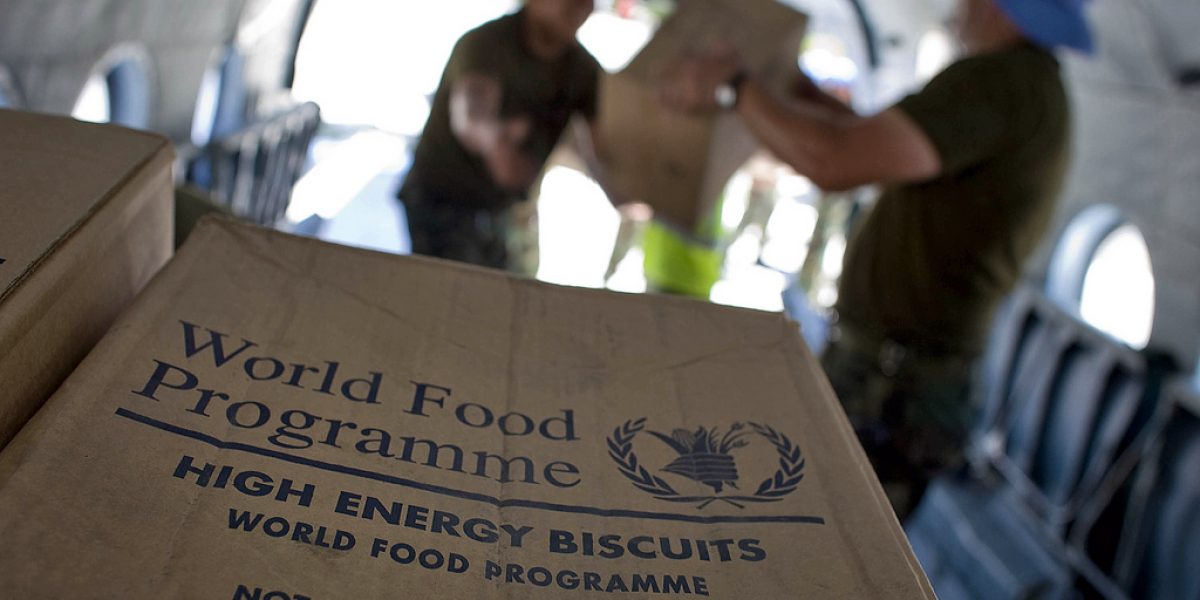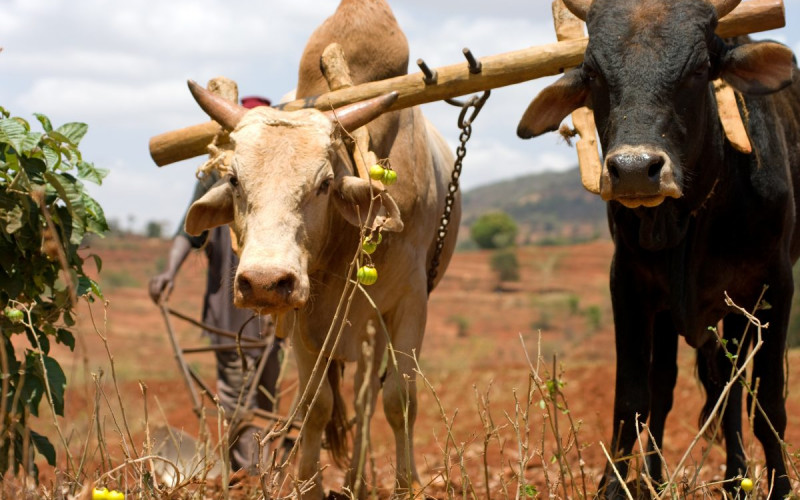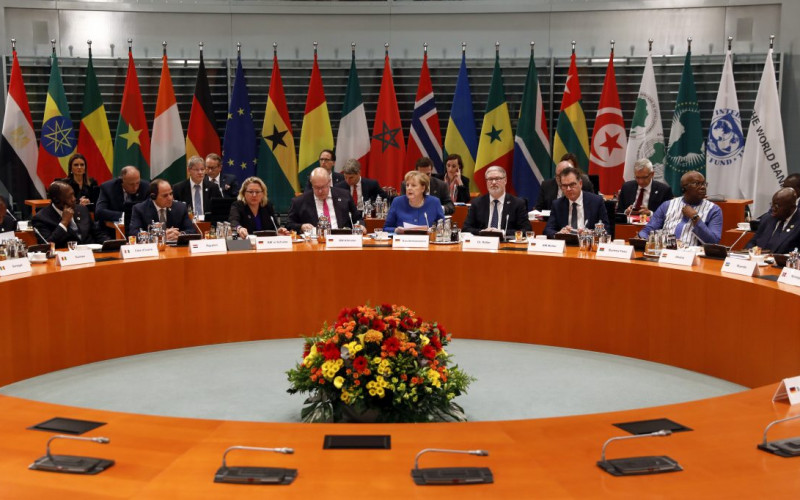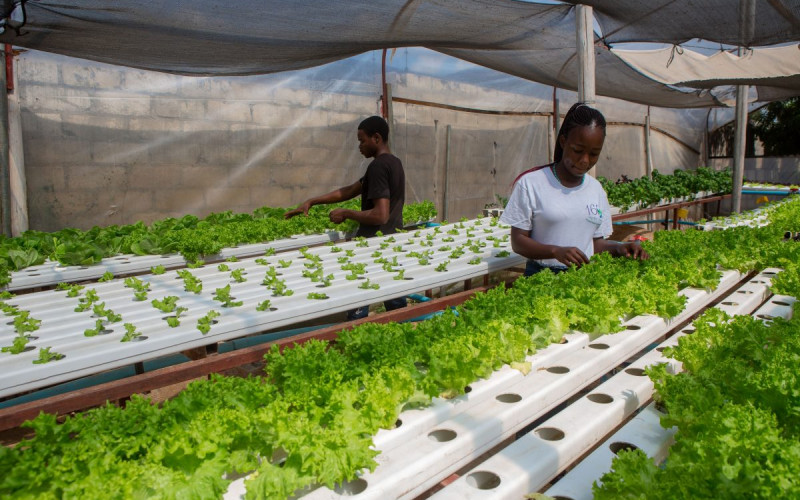The air-conditioned UN Land Cruiser deposited me next to a line of barefoot children that cut across a bone-dry schoolyard. A group of women scooped steaming cups of maize meal into the children’s red plastic dishes as ribbons of steam curled up into their faces from the battered pots. Boys and girls gathered in clutches outside their classroom, laughing and eating with relish, as a group of colourfully dressed Masai stood forlornly with their emaciated Brahmin cattle in the background.
It was 2000 and this was my first trip into ‘the field’ from the cushy confines of the World Food Programme (WFP) offices in Nairobi. Although a searing drought had left millions in Kenya dependent on donated food that year, things seemed to be going pretty well that day at that school in Kajiado, a town a few hours drive south from Nairobi.
In the course of my work at WFP throughout the Horn of Africa and also in South Africa and Afghanistan, I would come to see this kind of project as one of the international development community’s most successful forms of intervention. While the long-term value of multi-billion dollar, protracted relief operations have rightly been questioned in the wake of such disasters as the one that unfolded in Somalia in 1993, where rival factions turned donated food into the capital of war, school feeding schemes simply make sense.
Some 300 million children across the globe are classified as chronically hungry and 130 million of those don’t attend school. At a relatively minimal cost, a daily school meal keeps kids in the classroom, lending to intellectual and physical development. Furthermore, and perhaps most importantly, the meals keep kids in school, leading to an educated and economically sound workforce in the long-run. According to a UNESCO survey, per capita GNP in countries with an adult literacy rate of about 40% averaged $210 annually. Conversely, in countries which boast at least 80% literacy rates, per capital GNP exceeded $1,000.
School meals are crucial in Africa, where dropout rates are appallingly high. Repeated natural disasters such as drought and floods, civil conflict, government corruption and the lasting inequities of colonial rule have left the majority of Africa’s residents caught in the grip of back-breaking poverty. Most parents rely on their children to help plough their fields or find work in order to support the family. They yank their kids out of school and into the continued cycle of destitution.
Not only do school meals provide necessary nutritional support to often under-nourished African children, but they also give parents the economic incentive to send their children to the classroom. Enrolment and attendance rates have been proved to increase when school meals are offered. In Kajiado, many of the kids I met had walked several kilometres to school. The meals kept them coming.
In times of particular hardship, such as the 2002/2003 humanitarian crisis in southern Africa that was caused by a confluence of drought, HIV/AIDS and – in some cases – government mismanagement, school feeding is particularly important. Children and their education are quick casualties during such harsh times; a bowl of nourishing food between classes can ensure that their education is not interrupted.
School meals are especially important for girls. According to UN studies, illiterate girls marry very young and may have up to seven children before they are 18. Girls who go to school, however, marry later and on average have 50% fewer children. In many cases, school meals are the only reason parents choose to keep their daughters in school. WFP has in many cases provided girls with take-home food rations to add extra incentives to attend school by offsetting the loss of the contribution their families might otherwise require them to make.
In many African cultures, girls tend to stay home and work instead of attending class. During natural disasters and other emergencies, this tendency multiplies and can prove extremely detrimental to their well-being. In order to help support the family, girls may engage in high-risk activities such as prostitution, which is especially dangerous in southern Africa where HIV infection rates are the highest in the world.
International humanitarian organisations like WFP can play a key role in promoting education and alleviating the effects of crises caused by famine, floods and wars. But their efforts alone are hardly adequate or sustainable. In the long run, African governments must invest in their children to move their societies beyond perpetual dependence on aid and encourage families to keep sons and daughters in the classroom. Lesotho has begun taking steps to take over the school-feeding programme that WFP launched in the tiny mountain kingdom during the recent drought. That’s an encouraging step forward that other fragile nations would do well to follow.







